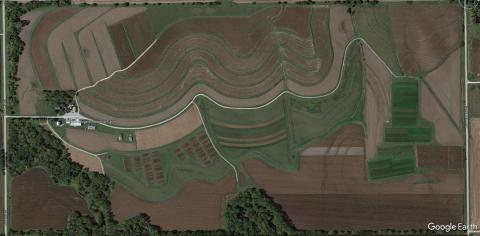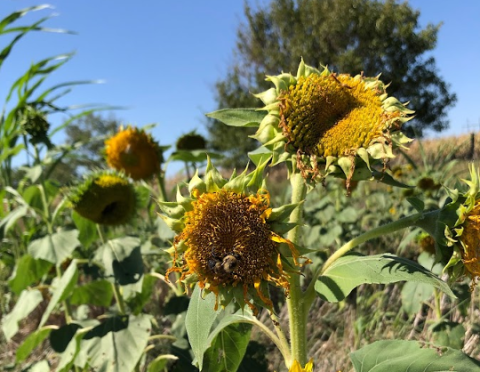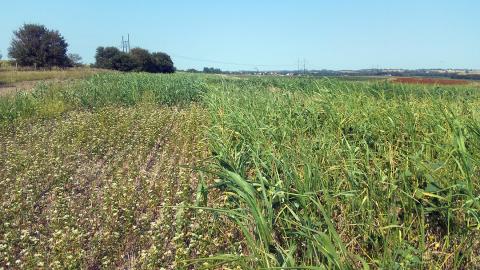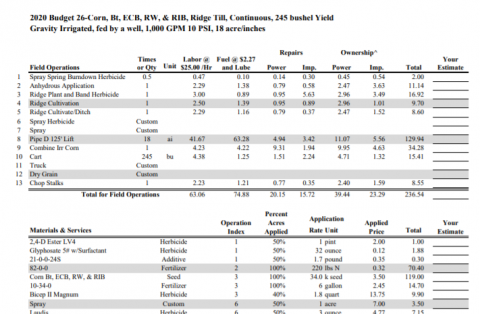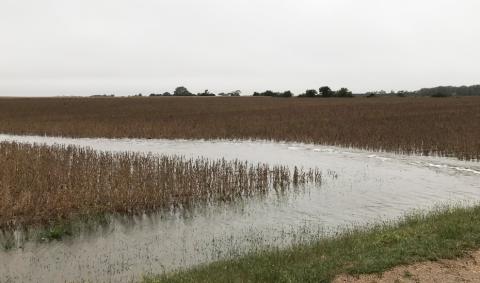2024 Cover Crop and Soil Health Field Day Kicks Off Sept. 17
September 11, 2024
The field day will feature demos and discussion on a wide array of cover crop and soil health practices by UNL faculty and extension professionals, including a statewide study on cover crop variety selection and performance.
2023 Cover Crop and Soil Health Field Day
August 31, 2023
The Sept. 19 event will feature research updates on Rogers Memorial Farm's 43-year tillage study, cover crop selection and performance, and more.
Warm-season Species for Soil Health and Forage Purposes
July 27, 2023
Taking advantage of summer heat and abundant sunlight, warm-season cover crops can accumulate impressive amounts of biomass, cover bare ground quickly, suppress weeds, reduce erosion and improve soil health.
2022 Cover Crop and Soil Health Field Day
September 8, 2022
This year's field day will feature a new statewide study evaluating cover crop variety selection and performance, on-site examinations of soil from a long-term tillage study and more.
Why Should You Prepare and Use Crop Budgets?
December 4, 2019
The 2020 Crop Production Budgets for Nebraska are now available. They include 80 budgets for 15 crops, available in both PDF and customizable Excel formats.
Avoiding Harvest Compaction in Wet Soils
October 10, 2019
With wet soils in many areas and heavy harvest equipment, compaction is likely to develop, affecting crop growth in coming seasons. Taking these 10 steps can help reduce compaction this harvest.
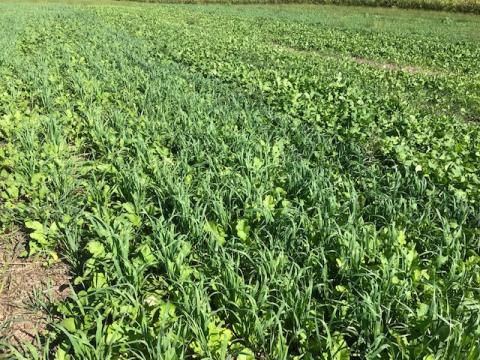
Cover Crop Field Tour Sept. 17 in Nemaha County
September 4, 2019
A Cover Crop Field Tour of three sites in Nemaha County will look at how cover crops are being used and what the early yield and biomass data are showing. A soil pit at one site will also offer insights into longer-term soil health benefits.
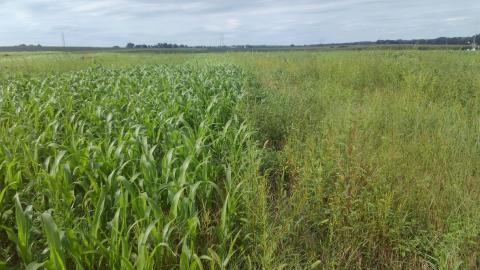
Cover Crop Field Day Sept. 13 at UNL Rogers Memorial Farm
August 30, 2019
This tour will feature cover crop cocktails that serve specific functions as well as cover crops growing in wheat stubble, cover crop recovery after simulated grazing, and row crops growing in the residue from cover crops.

